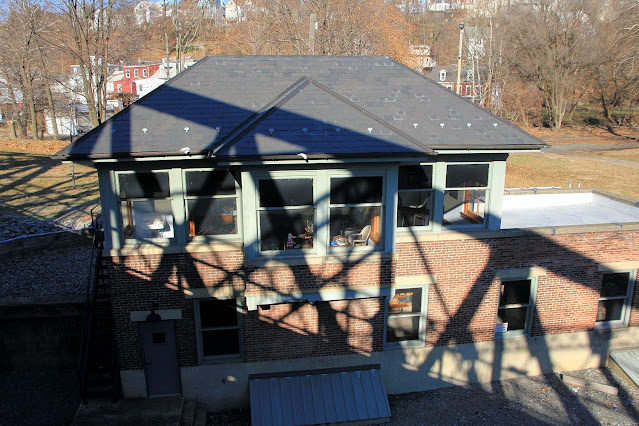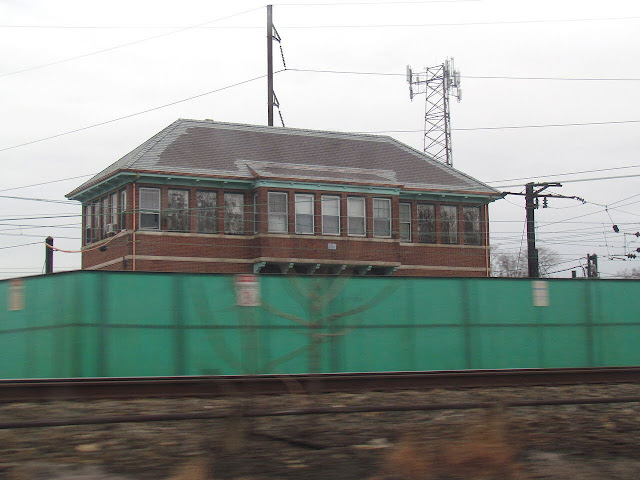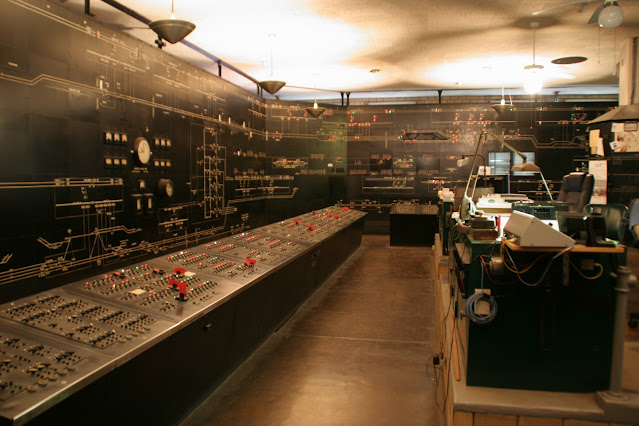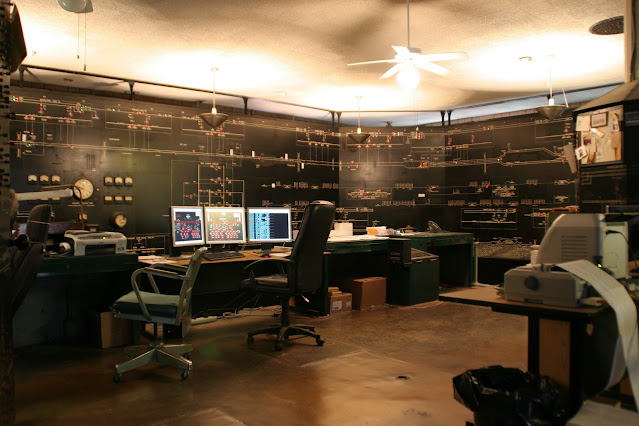Signal and signaling equipment collectors have been around for some time, snapping up such items as model boards, CTC cabinets, full size signals and even interlocking machines. Until recently, railroad signaling departments would tend to keep their retired equipment, as similar vintage hardware was still broadly in service and the parts to maintain them were no longer being manufactured. However, the PTC related re-signaling push rapidly phased out so much of the relay era railroad signaling that the equipment is now being sold for scrap or offered free to anyone with the capacity to haul it away.
In the context of interlocking towers, model boards and CTC cabinets have been widely collected for some time as switch to video display in a dispatch office had long ago destroyed their reuse value. Somewhat ironically, it was the older mechanical and electro-mechanical interlocking machines that retained the most value as a source of spares for their kin. (For example a major reason LENOX tower near St. Louis was closed was to supply parts to the CNW LAKE ST machine in Chicago.) However as the number of these in service interlocking machines hit zero, anyone with a large enough truck could cart the survivors away for their own personal amusement. This is where Laser 711 comes in, having apparently set up not just a HARRIS style PLC backed simulation, but the full hardware stack including relays, point machines and signals.
He has also restored an ex-Erie CTC console from BK tower along with its original code system, and now appears to be in the process of implementing as much field functionality as possible "in relay".
Of course it would be great if more publically accessible museums were able to step up to the plate with functional period correct signaling equipment, but the signal enthusiast community, powered by recent advances in the "maker" scene and high capacity pickup trucks, seem to be taking up a lot of the slack. Just like we have seen with the extensive telecom switch collection of Step by Step Phil, these private efforts stand a good chance of eventually finding their way into durable preservation.
 |
| Attempted CTC at the Seashore Trolley Museum |
I will also mention that non-FRA regulated streetcar/transit museums
have the best capacity to implement "live" historic signaling. When
visiting Shoreline Trolley Museum I was shown their "in-progress" CTC
system that they were building from thousands of relays donated by
Amtrak and Metro North.

The fact that I have not heard much if anything about that project in the past 20 years hints at its priority in the greater scheme of things, but all it takes is the right team of enthusiasts to get a project off the ground.




_1_(46075737101).jpg)




